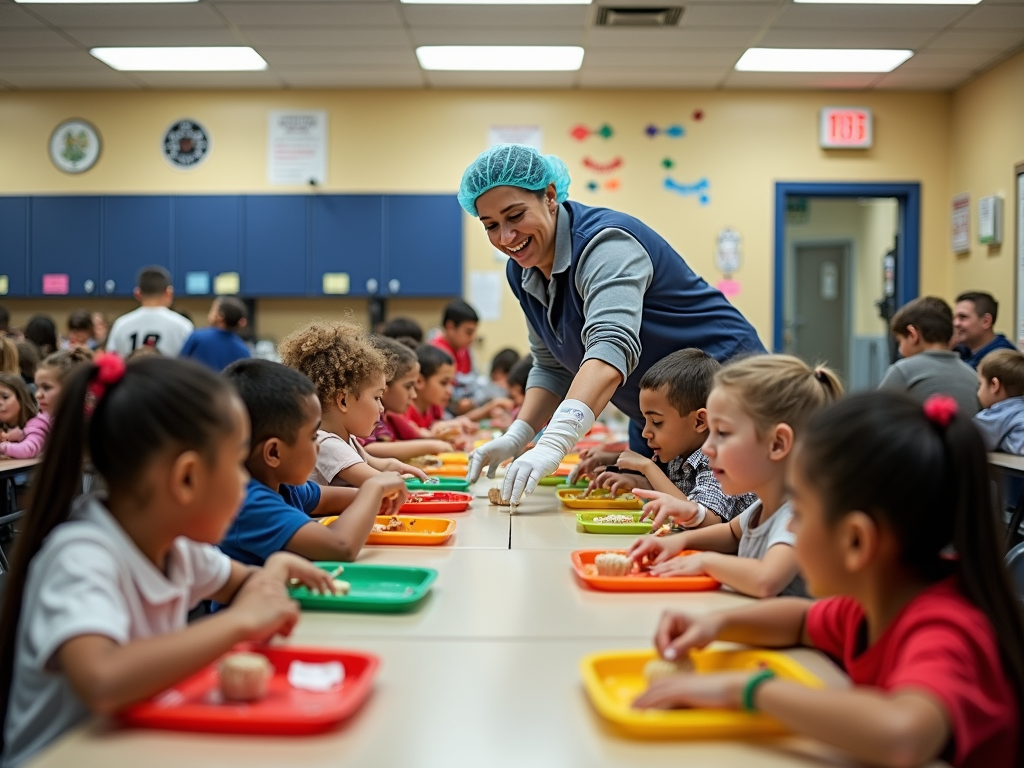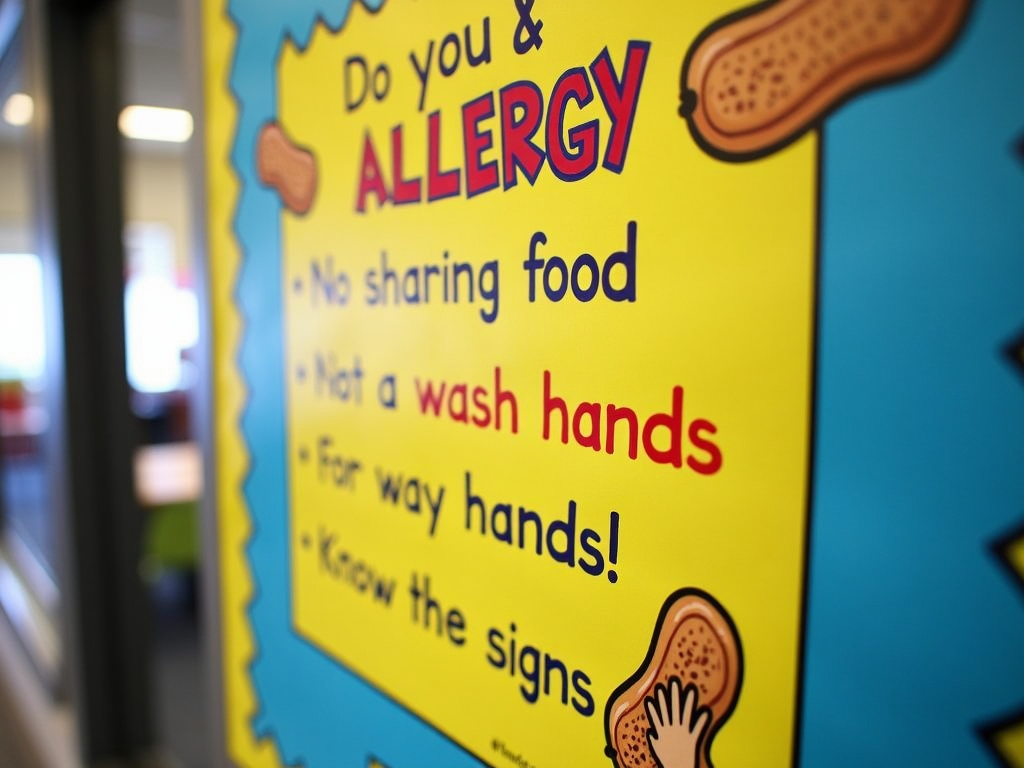Food allergies are a growing concern in schools today. It’s vital to build safe environments where students with allergies can thrive. This article dives into managing food allergies in schools, spotlighting acute FPIES, and offers actionable steps to create allergy-friendly classrooms.
Food allergies affect millions of kids around the world. For students, even a tiny bit of an allergen—like peanuts or dairy—can spark a serious reaction. Schools need to grasp these risks and act to keep every child safe. It’s not just about health; it’s about letting kids learn without fear.
Managing food allergies in schools comes with real challenges. Cross-contamination is a big one—think crumbs on a desk or shared utensils in the cafeteria. Plus, everyone needs to be on the same page. Parents, teachers, and staff must talk openly to spot allergies and handle emergencies fast.

Let’s talk about Acute FPIES—Food Protein-Induced Enterocolitis Syndrome. It’s a food allergy that hits the stomach and intestines. Unlike typical allergies with instant hives or swelling, FPIES reactions can take hours to show up. Vomiting or exhaustion might start after a child’s already home, making it tricky for schools to manage.
Why does FPIES matter for school safety? Imagine a kid eats something at lunch, feels fine, then crashes later. Schools need plans for this. Teachers might not link a late reaction to food eaten hours ago. Awareness of acute FPIES and school safety is key to protecting these students.
I’ve felt this worry myself. My niece has FPIES, and every school day, my sister holds her breath. Will the staff notice if she’s pale? Will they call in time? It’s personal—schools must team up with families to make custom plans for kids with FPIES.

So, how do we build safe school environments? Start with allergy-friendly classrooms. Set up no-food zones where kids can relax without worry. Train staff to spot reactions—fast. Work with parents to map out each child’s needs, especially for conditions like FPIES.
Here’s a quick list of steps schools can take: - Ban food sharing: Teach kids to keep snacks to themselves. - Label everything: Mark allergy-free areas clearly. - Practice drills: Run emergency response training yearly. These moves cut risks and boost confidence.
Parents, you’ve got a role too. Speak up! Share a clear plan with the school—list triggers, symptoms, and steps to take. Meet the teacher before day one. Push for rules that keep allergies in check. Your voice can shape a safer space for your child.

Education isn’t just for adults. Kids need to learn too. Teach them why sharing a bite is risky or why washing hands matters. Show them what a reaction looks like—maybe a friend turning red or struggling to breathe. Awareness builds a team effort.
Policies tie it all together. Schools need a solid food allergy rulebook. Spell out how to store food safely, what to do if a reaction hits, and who’s in charge. Keep parents in the loop with updates. Clear rules mean fewer surprises.

Here’s a handy table for staff training:
| Skill | Why It Matters |
|---|---|
| Spotting symptoms | Catch reactions early |
| Using an EpiPen | Save a life in seconds |
| Calling for help | Get backup fast |
Training turns panic into action.
Building safe schools takes work, but it’s worth it. Allergy-friendly spaces, smart policies, and educated kids and staff create a shield. For students with food allergies—including Acute FPIES—this means a chance to focus on learning, not surviving.

In short, Understanding Food Allergies: Building Safe School Environments is about action. It’s knowing the risks—like FPIES—and tackling them head-on. With teamwork, schools can be places where every kid feels secure and included.
Discuss Here